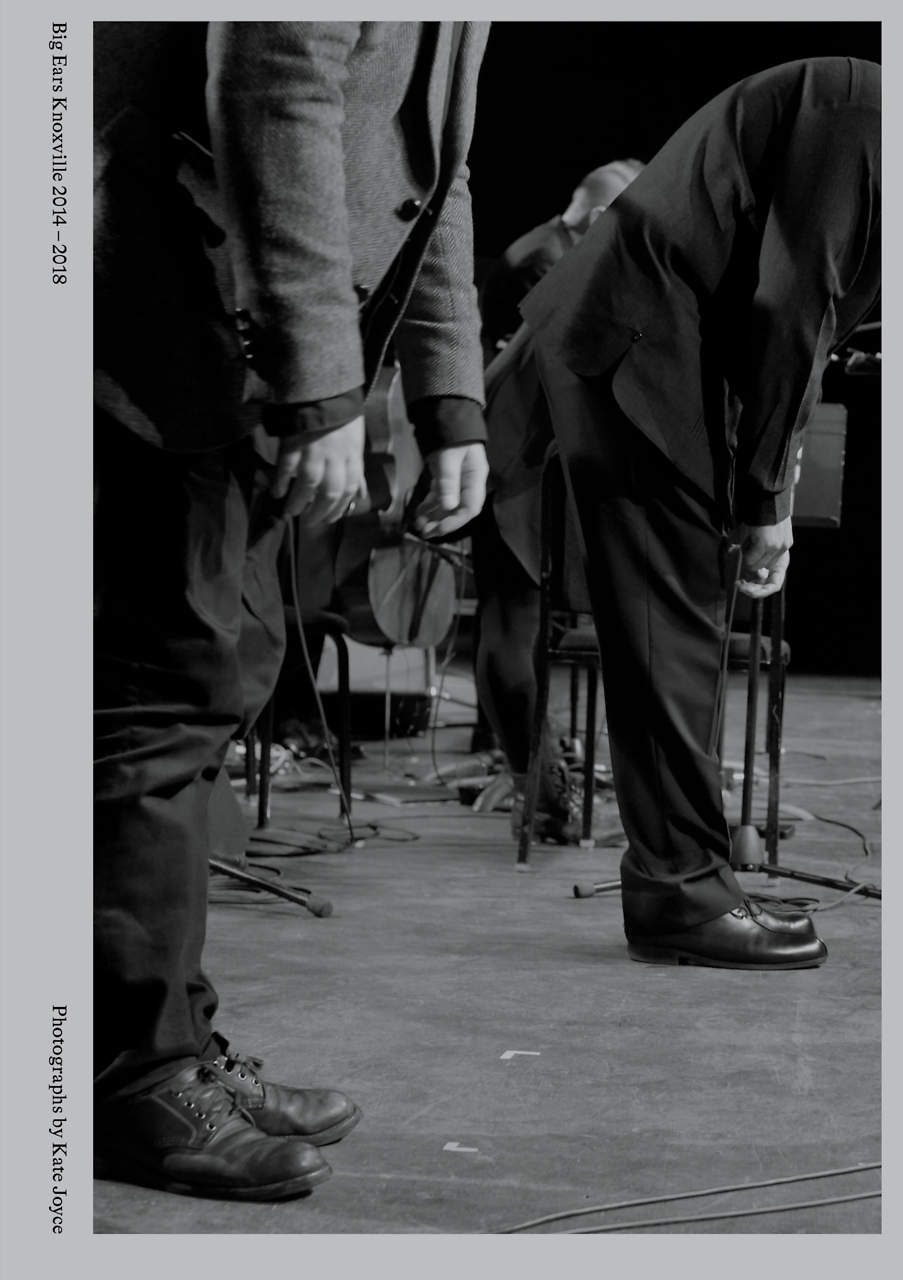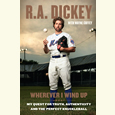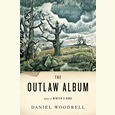In Between One Thing and Another
Alexander Chee illuminates the writing life in How To Write An Autobiographical Novel
In the essay, “Girl,” an account of his first experience with drag, Alexander Chee discovers the startling power of engaging the world through another face—one which relies on the structural foundation of oneself but which also, via imaginative alteration, can break into new and shimmering form: “Sometimes you don’t know who you are until you put on a mask.”
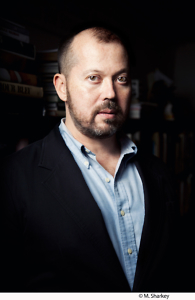
Chee was brought up in Cape Elizabeth, Maine, by a white mother and Korean father. Early on, he understood that his perspective occupied an elusive space, one in which he is forever moving “in between one thing and another.” From these formative experiences, Chee forged his heartbreaking debut novel, Edinburgh, and then, more than a decade later, his bold and luminous follow-up, The Queen of the Night. With this gorgeous essay collection, How to Write an Autobiographical Novel, Chee unmasks his own history as a writer and pulls us deep inside the transformative process of crafting a novel from personal materials.
Launched from college on the east coast into the tumultuous climate of late-eighties San Francisco, Chee became enmeshed in the world of AIDS activism. He forged his political convictions and his identity within romantic relationships—experiences he captures in two passionate elegiac essays. “1989” evokes the thrill and terror of a dangerous protest against governmental denial of the AIDS crisis, and “After Peter” recounts tender memories of a man whose unforgettable qualities influenced Chee’s understanding of romance as tinged by grief. Other essays create fond remembrances of times or places that suggested something new to him about who he wished to become and what he longed to write.
In each essay, Chee’s voice pulses with fresh observations of the world—and when he turns to examine his own work, the resonance is equally strong. Several pieces are structured as writing advice, but they don’t operate as straightforward how-to instructions. Instead, they offer intimate engagements with the process of writing a novel, exploring in elegant detail what a novel actually is. They also plumb the myriad ways in which novelists must engage with their works—a wily process he calls “the heart’s ruse.” The novel, he writes, comes “not from the mind but the heart, which is why it cannot fit in your head. Why, when you hear it, it seems to be singing from somewhere just out of your sight, always.”
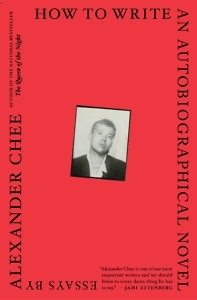 With How To Write An Autobiographical Novel, Chee offers a hybrid vision, one that surpasses simple personal revelation or practical instruction. Illuminating the winding path through a writer’s inner world, he never hides his own setbacks and self-sabotaging meanders. The wisdom that emerges from these essays always feels grounded by rigorous introspection and purposeful self-exposure, and this perspective eradicates any trace of the self-aggrandizement which can easily infect personal writing.
With How To Write An Autobiographical Novel, Chee offers a hybrid vision, one that surpasses simple personal revelation or practical instruction. Illuminating the winding path through a writer’s inner world, he never hides his own setbacks and self-sabotaging meanders. The wisdom that emerges from these essays always feels grounded by rigorous introspection and purposeful self-exposure, and this perspective eradicates any trace of the self-aggrandizement which can easily infect personal writing.
In turn, Chee’s collection creates an intimate response within the reader. As poet Ocean Vuong has written, these essays gave him “a map of secrets and second chances.” But he notes that their effect goes further than a map, forming “the earth made solid enough so that I might stand here, and thrive here.” In his stirring final essay, Chee puts out a call for those in the arts to redouble their courage and dedication to craft during even the darkest times, to hold fast to their conviction that writing is a vital pursuit in a culture hellbent on degrading its worth.
Without exception, the essays of How To Write An Autobiographical Novel console, hearten, and challenge. Any writer lucky enough to discover this work during such a troubled moment in our culture will find a trustworthy companion to walk alongside them down their own winding paths.
[This article originally appeared on August 9, 2018.]

Emily Choate holds an M.F.A. from Sarah Lawrence College. Her fiction has been published in Shenandoah, The Florida Review, Tupelo Quarterly, and The Double Dealer, and her nonfiction has appeared in Yemassee, Late Night Library, and elsewhere. She lives in Nashville, where she’s working on a novel.
